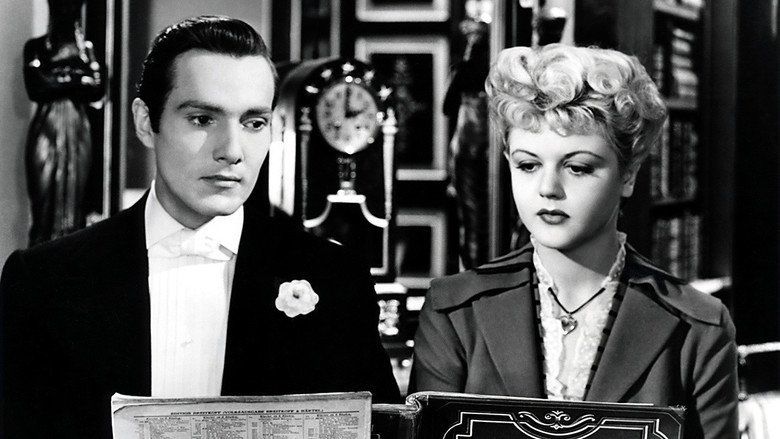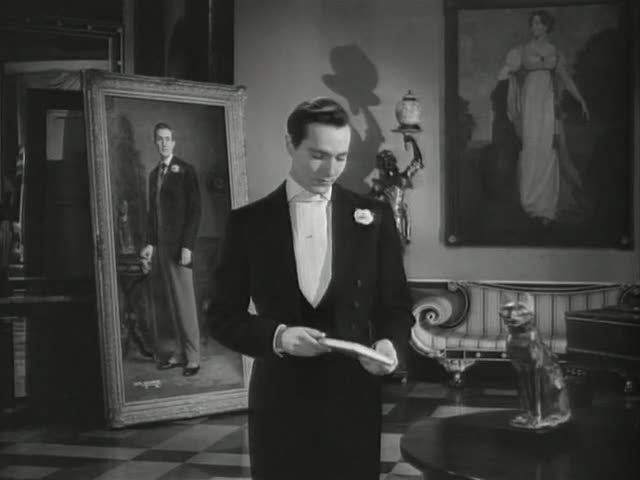
Garden Court, Palace Hotel, San Franscisco, 1960.



Journalist Lucius Beebe beside a gold place setting in the glass roofed Garden Court of the Palace Hotel, San Francisco. His walking stick once belonged to a Wells Fargo stage driver. Original Artwork: A Wonderful Time - Slim Aarons (Photo by Slim Aarons/Getty Images)

The debut apparently, was a success. TIME, in Milestones, Mar. 10, 1941, notes “Married. Wilma Baard, 23, blonde model and bargemaster's daughter who achieved fame two years ago when 14 Manhattan café cowboys sponsored her "debut" in protest at the Brenda Frazier hoopla; and Count Nava del Tajo, 25, distant relative of the Duke of Alba; in Manhattan.” http://content.time.com/time/subscriber ... 56,00.html(Original Caption) Photographic model Wilma Baard is shown with some of her fifteen uncles who introduced her to Cafe Society in a hilarious gag aimed at the costly debuts of Mayfair's wealthy daughters. The party for Miss Baard, who is a daughter of a barge captain, was held at the Chez Firehouse and all guests were invited on Dutch treat basis. Guests included prominents of the lampooned social set, movies, stage, opera, art, with a few of the nobility thrown in. Some of Wilma's uncles in the above photo are artist Peter Arno (arm linked with Miss Baard's), artist McClelland Barclay (left of Miss Baard), jeweler Jules Glaezner (left of Barclay) and left with heavy chain in pocket, society commentator Lucius Beebe.

Lucius Beebe at the Metropolitan Opera, November 11, 1946
UNITED STATES - NOVEMBER 11: Lucius Beebe at the Metropolitan Opera, November 11, 1946 (Photo by Bert Morgan/Getty Images)

I think a pique front shirt with a turn down collar is perfectly fine, as is a white pique waistcoat. Indeed, I have such a shirt from Budd and I am strongly considering commissioning a couple more when I stop by there next week. And I have never really cared much what my fellow English might think. I went off the reservation years ago.



Users browsing this forum: No registered users and 2 guests